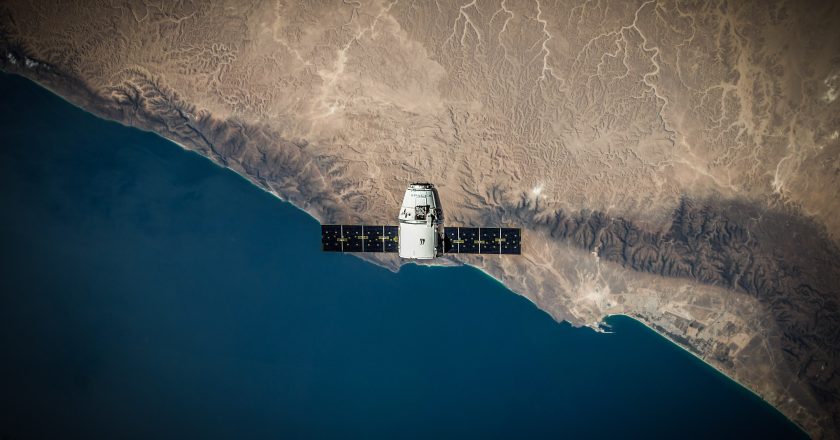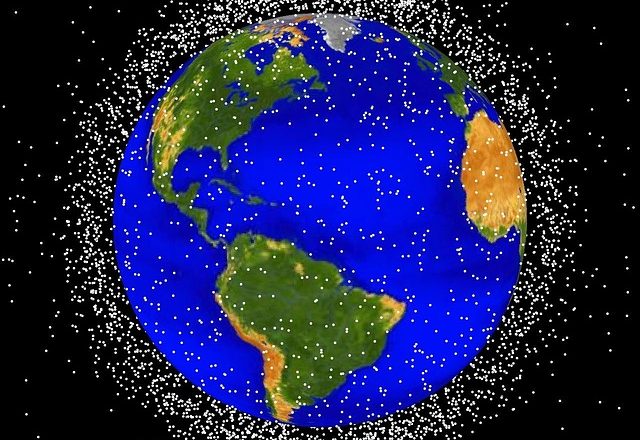The Death of the Kepler Satellite
After 9 years in operation, the Kepler space satellite has finally run out of the hydrazine fuel used to control its orientation. NASA has decided to retire the satellite while it is still in a safe orbit far from Earth. Launched in March 2009, Kepler was originally intended to look at one patch of the sky and detect planets orbiting around distant stars. This patch in the constellation of Cygnus contained 150,000 stars. Four years in, a fix for a mechanical issue led to the development of the K2 mission where the satellite had to be periodically reoriented, expanding its field of view to a further 500,000 stars.
How to Find a Planet
The satellite’s only scientific instrument was a photometer designed to detect drops in brightness that occur when a planet passes in front of a star, ...


